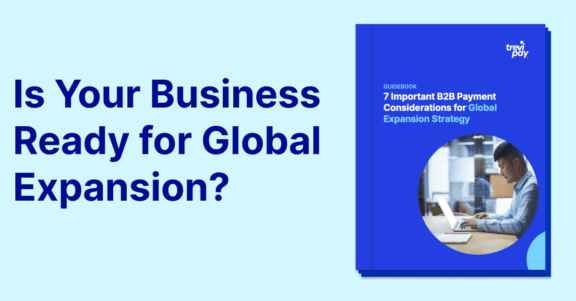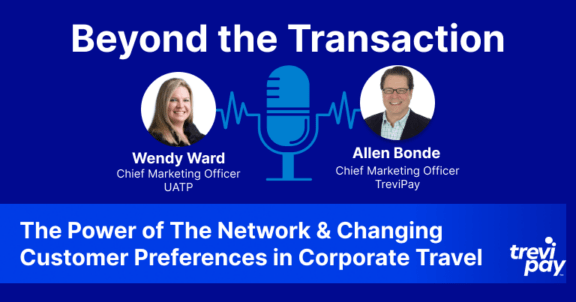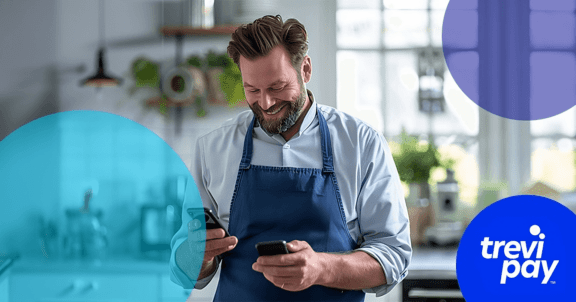Blog · Approx. 5 minute read
Loyalty Begins at the Payment™
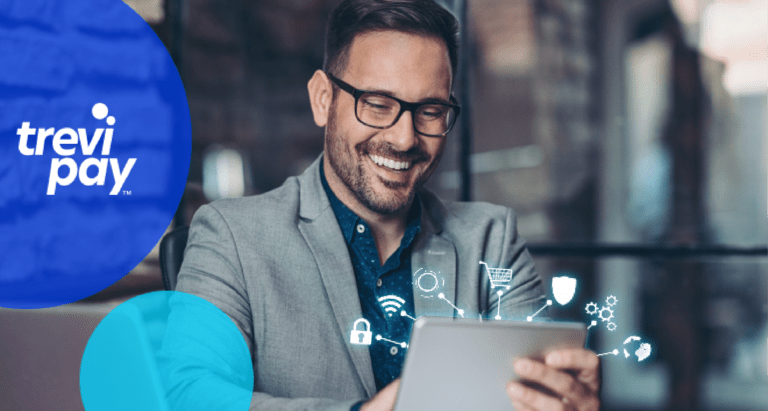
Driving customer loyalty by providing better omnichannel experiences is not a new idea. Starbucks envisioned the idea of its stores being the “third place” between home and work where people could gather in a space that was both familiar, yet also felt highly personal. Over time, Starbucks has been a master at building shared connections that create loyalty and also using technology, like mobile apps, to adapt to an omnichannel world where consumers are on the go and want more choices. Especially when it comes to how they shop and pay.
Consider that Starbucks today allows customers to pay with the Starbucks app, pay with a Starbucks card, pay with Apple or Google Pay outside of the app, use PayPal or Venmo to reload their Starbucks card and of course use a credit or debit card in-store or in the app to pay directly.
Smart merchants know consumers like choice. In fact, no matter what business you are in, it’s likely your best customers demand it.
With More Choice, B2C and B2B Buying Behaviors have Blurred
There used to be clear lines between consumer channels and business channels. And certainly, buying processes and purchase cycles can be very different for individuals vs. an enterprise buying group. But in reality, most “consumer” sellers are serving at least some business buyers (think Amazon or your favorite office supply or travel company) and choice-driven buyer preferences are blurring as well. Many consumers want better loyalty programs and frequent-buyer discounts that businesses expect, and more B2B buyers want consumer-like experiences, even while requiring specific credit terms or invoicing formats or high-touch service to fit the need of an enterprise customer.
In a recent McKinsey study of B2B companies looking at 3,500 decision-makers in 12 markets, the management consultancy found that customers want “…more channels, more convenience and more personalized experience. And if they don’t get what they’re looking for, they’ll take their business elsewhere.” Yet this is not just about digitization or having more touchpoints. This is about providing a complete omnichannel experience across the purchase journey and enabling the most frictionless ways to transact.
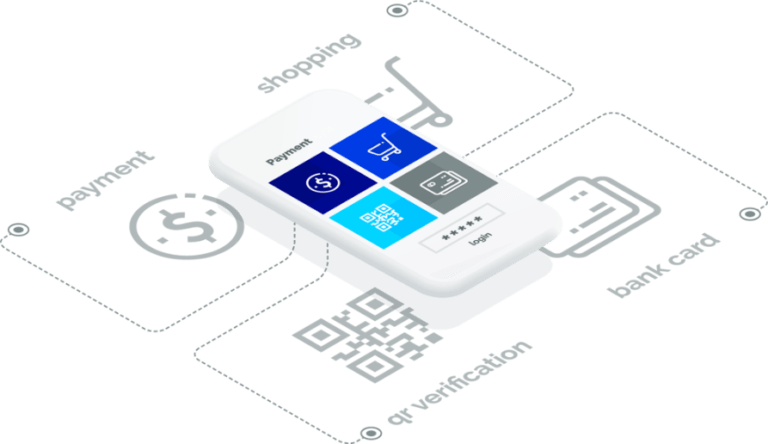
Of course, COVID accelerated digital commerce across both the consumer and B2B landscape. Pandemic-driven purchases, lockdowns and supply disruptions created an acceleration in digital transformation and direct-to-consumer models. I was at Forrester during this time, and in multiple studies, we saw dramatic shifts in buyer behaviors, with both consumers and business buyers (especially SMBs) buying items in categories they never bought online before. We also saw consumers who traditionally picked merchants based on price and assortment start to reprioritize and place-specific product availability, payment choices and shipping options ahead of price in many instances (all classic B2B drivers!).
Meanwhile, on the seller side, manufacturers and retailers were forced to fully embrace digital channels, including both owned and third-party B2B marketplaces as both a new route to market and an alternative sourcing option. It was said that in just a few months, top companies accelerated their creation of new digital products and channels by over seven years!
It’s clear that business buyers want the same range of choices and experiences that consumers enjoy – as well as options for purchasing and paying that their business demands. A TreviPay study found 9 out of 10 corporate buyers researched payment options before buying from a new vendor, and 82% would choose a vendor that offers 30-, 60- 90-day terms at checkout (details here).
For large manufacturing or services firms, their top accounts typically expect volume discounts and flexible payment terms. Meanwhile, other smaller buyers may still want to pay with a card. Just like Starbucks discovered, offering only a limited number of payment and invoicing options is no longer a choice if you want to keep up with modern buyers.
Payments Networks Give Sellers New Options to Reach and Delight Their Buyers
To compete in global markets, you need to be where your customers are and deliver the products and experiences they expect. Like all digital platforms, a B2B payments network orchestrates commerce between buyers and sellers (and funding and other services providers) and offers increased efficiencies and benefits at scale, including:
Digital platforms spit out data and insights that can be tapped to better understand market trends, buying patterns across regions or industries and emerging user needs. Plus, as a “single source of truth,” payment networks offer the volumes and variety of purchase data needed to feed machine learning-based fraud and risk management algorithms.
Giving buyers (and sellers) both what they want and what they need is the key to unlocking loyalty in B2B selling. Creating a connection and a feeling of trust is also essential for relationship building. B2B sellers need to continuously rethink their channel marketing approaches, where to sell and how to make it easy to buy. Plus, in the digital-first world, loyalty takes on new urgency when new sellers are just a click away or literally next to your products on a marketplace’s digital shelf.
Overall, offering choice is foundational to loyalty, and loyalty begins at the payment™. When buyers are offered their preferred payment and invoicing option, they tend to place bigger orders (reflected in average order value – AOV). When they have a better experience through the payment process and more visibility into their spending, they tend to stick with that seller and buy more over time (reflected in average annual spend or lifetime value – LTV).
For example, computer maker Lenovo increased AOV by 114% after enabling TreviPay at checkout. And a Fortune 100 retailer grew the average annual spend per B2B customer by nearly 13%. These are just two examples. In upcoming posts, I plan to share with you more customer success stories, top tips, and industry studies that underscore how loyalty truly begins with the payment. Looking forward to it!
Stay up-to-date with the latest from TreviPay
Thank you for subscribing! You will now receive email updates from TreviPay.

